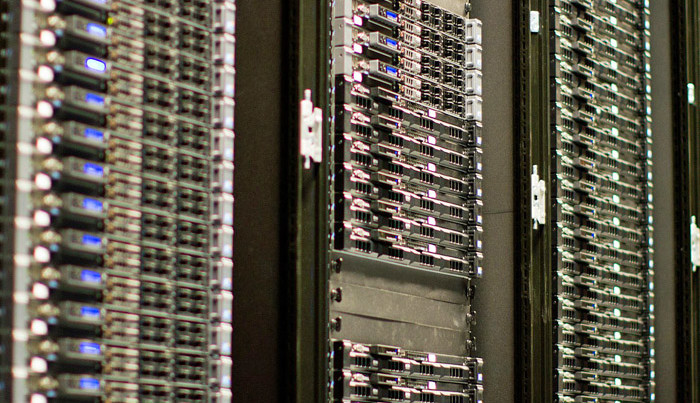Does Data Have a Carbon Footprint?
March 03, 2020
on
on

There are so many servers in data centers around the world which process global communications. In a world slowly waking up to the influence that human activities may be having on the cycles of planetary systems any concerned enquirer may wonder just how much energy is expended shoveling all this data backwards and forwards.
What is the carbon footprint of the internet and how much do I add to this every time I send an email? As the IoT becomes part of everyday life surely that will mean much more data and higher energy expenditure? Well according to an analysis by Northwestern University, the Lawrence Berkeley National Laboratory and Koomey Analytics, it ain’t necessarily so.
The researchers have developed a very detailed model of the energy consumption of the global data centers.
Some technological soothsayers have made forecasts predicting a sharp increase in data centre energy consumption but these have mostly been simple projections based the energy requirements of existing data centers.
Was it Neils Bohr who quipped “predictions are difficult… especially when they are about the future”? The researchers involved in this study anticipate that technological improvements such as greater levels of server virtualization, a shift to low-power storage devices and structural moves from small, inefficient data centres to hyperscale facilities should ensure that there will be sufficient energy-efficiency resource to absorb the next doubling of data centre compute instances that would occur in parallel with a negligible increase in global data centre energy use.
To add further weight to their findings it appears that energy consumption by data centers has remained roughly constant over the past decade despite traffic increase, this is thought to be due to massive ongoing improvements in data center efficiency.
The study was just published in the journal Science. A useful summary can be found here.
What is the carbon footprint of the internet and how much do I add to this every time I send an email? As the IoT becomes part of everyday life surely that will mean much more data and higher energy expenditure? Well according to an analysis by Northwestern University, the Lawrence Berkeley National Laboratory and Koomey Analytics, it ain’t necessarily so.
The researchers have developed a very detailed model of the energy consumption of the global data centers.
Some technological soothsayers have made forecasts predicting a sharp increase in data centre energy consumption but these have mostly been simple projections based the energy requirements of existing data centers.
Was it Neils Bohr who quipped “predictions are difficult… especially when they are about the future”? The researchers involved in this study anticipate that technological improvements such as greater levels of server virtualization, a shift to low-power storage devices and structural moves from small, inefficient data centres to hyperscale facilities should ensure that there will be sufficient energy-efficiency resource to absorb the next doubling of data centre compute instances that would occur in parallel with a negligible increase in global data centre energy use.
To add further weight to their findings it appears that energy consumption by data centers has remained roughly constant over the past decade despite traffic increase, this is thought to be due to massive ongoing improvements in data center efficiency.
The study was just published in the journal Science. A useful summary can be found here.
Read full article
Hide full article


Discussion (2 comments)